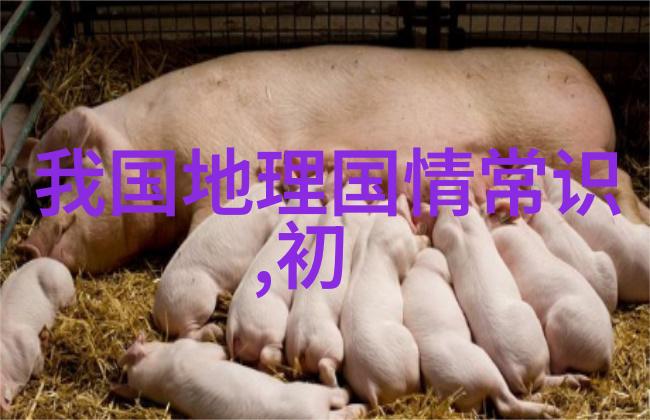Water filtration systems are designed to remove contaminants and impurities from drinking water, making it safe for human consumption. One common type of pipe used in these systems is the non-stainless steel pipe filter. But how does it work? In this article, we will explore the concept of non-stainless steel pipe filters and their role in water purification.

Firstly, let's define what a non-stainless steel pipe filter is. A non-stainless steel pipe filter is a type of filtration system that uses a porous material, such as activated carbon or ceramic elements, to remove impurities from water. Unlike stainless steel pipes which are resistant to corrosion and can withstand high temperatures, non-stainless steel pipes are made from materials like plastic or rubber which have lower durability but offer better flexibility and ease of installation.
The process of filtration begins when raw water enters the system through an inlet valve. The raw water then passes through a series of pre-treatment stages including sedimentation tanks where large particles are removed followed by primary treatment involving chemical coagulation and flocculation processes that cause small particles to stick together forming larger clumps called flocs.

These flocs then move towards the top surface under gravity where they form sludge layers on top of clear liquid known as supernatant liquor which contains dissolved solids but has much less suspended matter than raw untreated sewage effluent coming out at bottom layer below them respectively after passing through secondary biological treatment stage using aerobic bacteria growing on submerged surfaces within aerated lagoons over several days until all organic waste substances break down completely before reaching tertiary phase consisting mainly disinfection with chlorine gas injected into treated wastewater stream near end point prior discharge back into natural environment without causing harm to aquatic life nor humans consuming tapwater supplies downstream along riverside areas further away any potential health hazards associated with contaminated sources upstream sections just mentioned above because they've already been properly purified during previous steps!
标签: 小学中国地理常识500条 、 世界各地有趣的地理新闻 、 地理常识知识点大全 、 适合小学生的科普知识 、 地理小短文100字



